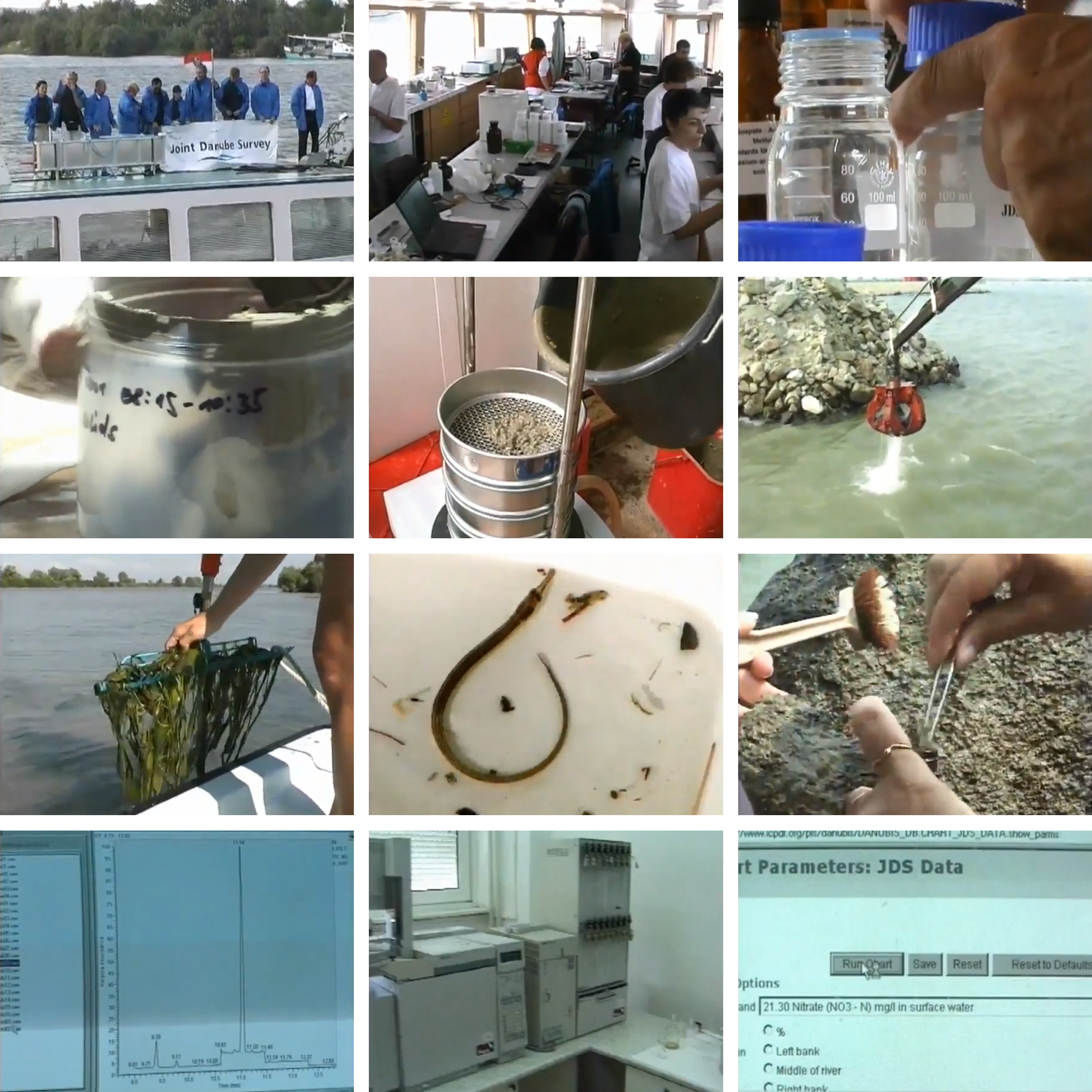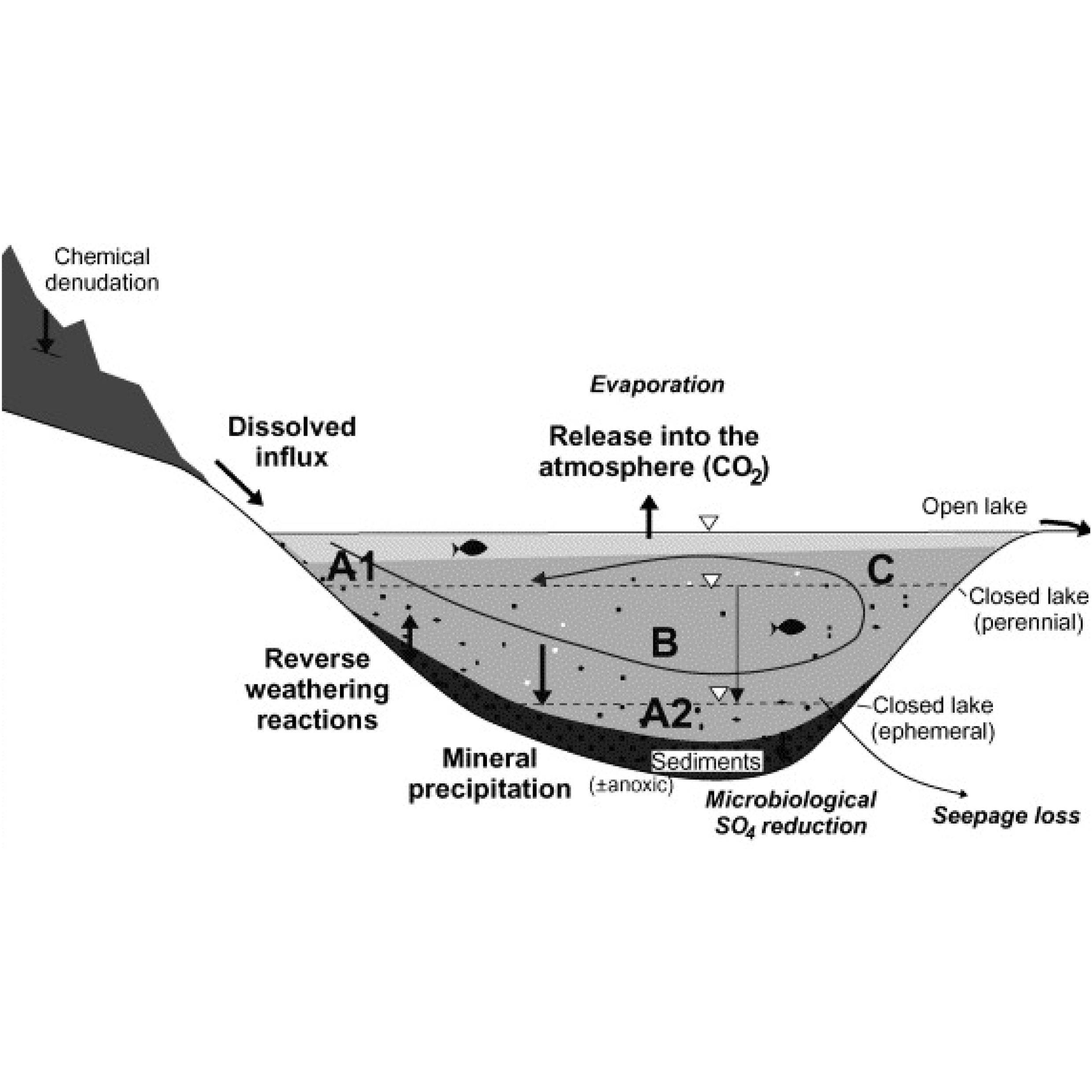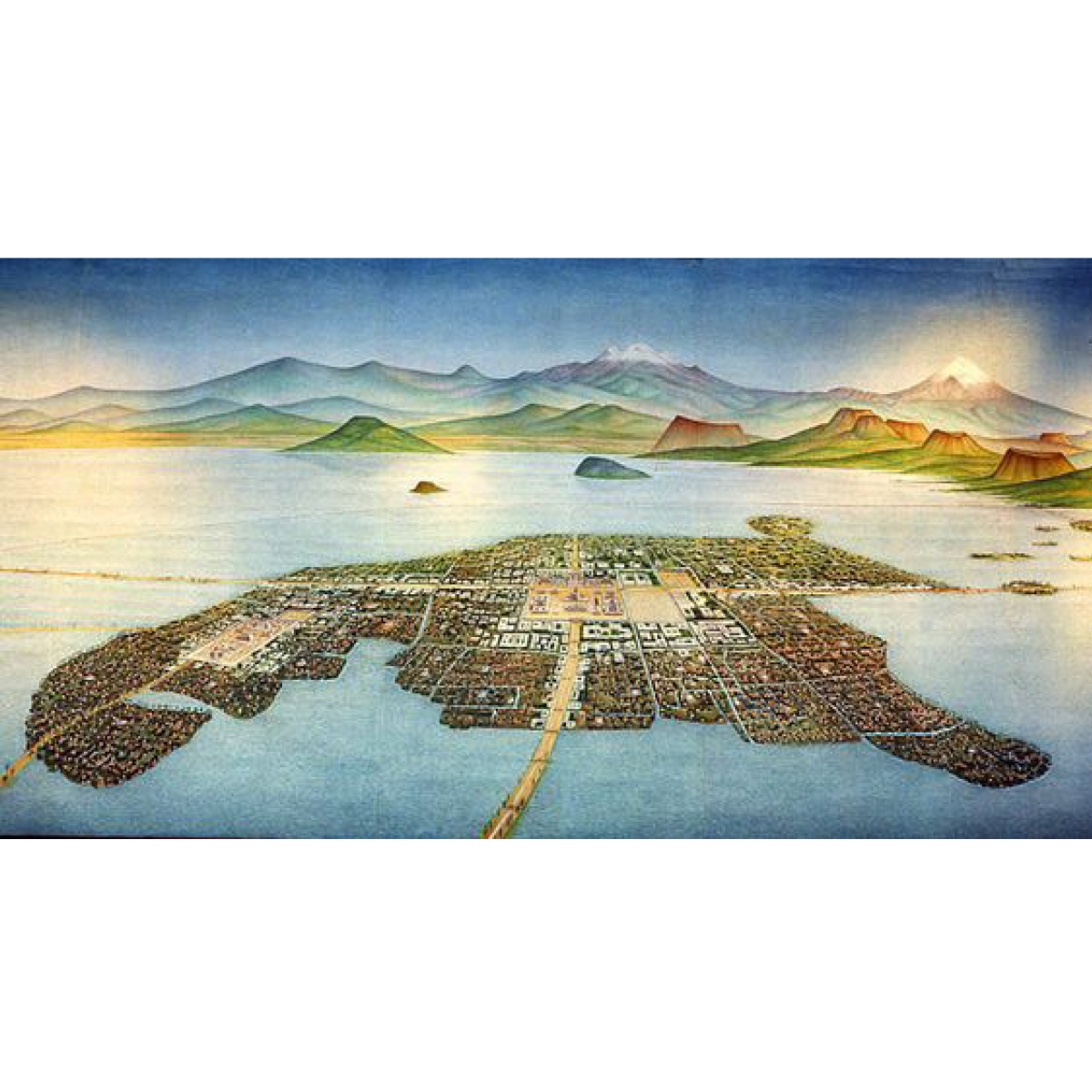Water
The second incarnation of the Project Global triptych investigates the water cycle—relevant as both input and output for the metropolitan metabolism. The thematic spans in terms of scale and lens: from geopolitical aspects to the individual human body, seeking to explore water as a crucial factor in the design of the built environment. Vienna served as an exemplar of a modern planned metropolis, related to water infrastructure and regulations. Mexico City, a city flooding and at the same time running out of water, formed the ground for interrogation.
Joint Danube Survey
![]()
In the summer of 2001, a group of scientists from Germany, Austria, Slovakia, Hungary, Yugoslavia, Bulgaria, and Romania boarded a fleet fully equipped with scientific apparatus and computers. Their goal was to perform a thorough investigation of the Danube Basin on chemical and biological water status in response to the EU’s new water directive. All the data and samples were collected under one uniform standard procedure and analyzed in one single laboratory, which eliminated the possibility of various data interpretation to its maximum, thus constructing a highly comparative database and a comprehensive understanding of the river. The survey had four indices: water quality, suspended solids, sediments and biological samples. Each of them was conducted multiple times in different segments of the Danube River to monitor urban, agricultural and industrial activities’ impact in real-time. Later, all samples were sent to the Austrian Research Center in Vienna for further analysis and archive.
The concept of regarding the Danube Basin as a collective water body across countries was first legislated in 1985’s Bucharest Declaration. So far (2020), ICPDR has formed four joint research teams as a part of a transnational monitoring network. More than merely scientific research, the result of the survey was published by the group and further served as guidelines for policy making that dedicate to maintain the ecological status of the surface water.
← Back to Lexicon
The research institution as a essential part of the trans-national water monitoring network.
Sources: ICPDR, Joint Danube Survey 1 - 2001, 2001, YouTube video screenshot.

In the summer of 2001, a group of scientists from Germany, Austria, Slovakia, Hungary, Yugoslavia, Bulgaria, and Romania boarded a fleet fully equipped with scientific apparatus and computers. Their goal was to perform a thorough investigation of the Danube Basin on chemical and biological water status in response to the EU’s new water directive. All the data and samples were collected under one uniform standard procedure and analyzed in one single laboratory, which eliminated the possibility of various data interpretation to its maximum, thus constructing a highly comparative database and a comprehensive understanding of the river. The survey had four indices: water quality, suspended solids, sediments and biological samples. Each of them was conducted multiple times in different segments of the Danube River to monitor urban, agricultural and industrial activities’ impact in real-time. Later, all samples were sent to the Austrian Research Center in Vienna for further analysis and archive.
The concept of regarding the Danube Basin as a collective water body across countries was first legislated in 1985’s Bucharest Declaration. So far (2020), ICPDR has formed four joint research teams as a part of a transnational monitoring network. More than merely scientific research, the result of the survey was published by the group and further served as guidelines for policy making that dedicate to maintain the ecological status of the surface water.
← Back to Lexicon
The research institution as a essential part of the trans-national water monitoring network.
Sources: ICPDR, Joint Danube Survey 1 - 2001, 2001, YouTube video screenshot.
Lake Neusiedl
![]()
Lake Neusiedl is an example of an endorheic basin in that it retains water and allows no outflow to other external bodies of water. The lack of outflow is from the basin’s floor dropping more rapidly than water and sediments can accumulate. At the center of each basin, the endorheic lake, is a collection of water or sink that has no evident outlet. Lake Neusiedl is the largest in central Europe. Endorheic basins’ watersheds are often confined by natural geologic land formations, such as mountains, that cut off water egress to the ocean or a large body of water. Endorheic basins, including Lake Neusiedl, typically have to be treated to be used for drinking water since their inland water flows into dry watersheds where the water evaporates. This process leaves a high concentration of minerals that causes the lake to become more saline over time.
In humid areas, the basins tend to be marshy. These areas, such as Mexico City, have endorheic basins that are subject to substantial flooding in wet years and characterized by waterlogged soils that require draining. In areas where rainfall is higher, erosion will generally carve drainage channels or cause the water level in the terminal lake to rise until it finds an outlet. In deserts, the water inflow is low and large amounts of water is lost from solar evaporation, reducing the formation of drainage systems. In extreme cases, the basin will become arheic.
With limited precipitation but high potential evaporation, water storage is vulnerable to subtle flux perturbations, such as Lake Neusiedl, which has dried up over a 100 times . For this reason basins have been drained by humans, temporary farmed, or their natural cycle has been converted to an artificially dominated nature‐social water cycle in order to control the basins. Today, Lake Neusiedl’s water level is controlled by an artificial outflow, the Einserkanal, and a sluice in Hungary by the Austro-Hungarian water commission. Minor fluctuations of the lake's level continue to occur making the equilibrium sensitive to climate change. There has been a recent decline in enhoreic water storage which is exacerbated by global warming and human activities.

Lake Neusiedl is an example of an endorheic basin in that it retains water and allows no outflow to other external bodies of water. The lack of outflow is from the basin’s floor dropping more rapidly than water and sediments can accumulate. At the center of each basin, the endorheic lake, is a collection of water or sink that has no evident outlet. Lake Neusiedl is the largest in central Europe. Endorheic basins’ watersheds are often confined by natural geologic land formations, such as mountains, that cut off water egress to the ocean or a large body of water. Endorheic basins, including Lake Neusiedl, typically have to be treated to be used for drinking water since their inland water flows into dry watersheds where the water evaporates. This process leaves a high concentration of minerals that causes the lake to become more saline over time.
In humid areas, the basins tend to be marshy. These areas, such as Mexico City, have endorheic basins that are subject to substantial flooding in wet years and characterized by waterlogged soils that require draining. In areas where rainfall is higher, erosion will generally carve drainage channels or cause the water level in the terminal lake to rise until it finds an outlet. In deserts, the water inflow is low and large amounts of water is lost from solar evaporation, reducing the formation of drainage systems. In extreme cases, the basin will become arheic.
With limited precipitation but high potential evaporation, water storage is vulnerable to subtle flux perturbations, such as Lake Neusiedl, which has dried up over a 100 times . For this reason basins have been drained by humans, temporary farmed, or their natural cycle has been converted to an artificially dominated nature‐social water cycle in order to control the basins. Today, Lake Neusiedl’s water level is controlled by an artificial outflow, the Einserkanal, and a sluice in Hungary by the Austro-Hungarian water commission. Minor fluctuations of the lake's level continue to occur making the equilibrium sensitive to climate change. There has been a recent decline in enhoreic water storage which is exacerbated by global warming and human activities.
Processes controlling the geochemical evolution of closed-basin lakes.
Sources: J.P Yan, M Hinderer, and G Einsele, “Geochemical Evolution of Closed-Basin Lakes: General Model and Application to Lakes Qinghai and Turkana,” Sedimentary Geology (Elsevier, October 23, 2001), https://www.sciencedirect.com/science/article/pii/S0037073801002123.
Sources: J.P Yan, M Hinderer, and G Einsele, “Geochemical Evolution of Closed-Basin Lakes: General Model and Application to Lakes Qinghai and Turkana,” Sedimentary Geology (Elsevier, October 23, 2001), https://www.sciencedirect.com/science/article/pii/S0037073801002123.
- Mary Guiden, “World's Largest Cities Depend on Evaporated Water from Surrounding Lands,” Colorado State University (Colorado State University, March 13, 2018),
-
Patrick W. Keys, Lan Wang-Erlandsson, and Line J. Gordon, “Megacity Precipitationsheds Reveal Tele-Connected Water Security Challenges,” PLOS ONE 13, no. 3 (2018), https://doi.org/10.1371/journal.pone.0194311.
-
G. Ragette , “The Evaporation of Rain and Snowfall in the Subcloud Layer,” Physics and Chemistry of the Earth, Part B: Hydrology, Oceans and Atmosphere 24, no. 6 (1999): pp. 619-622, https://doi.org/10.1016/s1464-1909(99)00054-4.
Lake Texcoco
![]()

Lake Texcoco was a natural lake within the “Anahuac” or the Valley of Mexico. An indicator of human presence throughout history, the most prominent of the Mexican civilizations were formed around Lake Texcoco. It is believed that the lake disappeared and re-formed at least 10 times in the last 30,000 years.1 In order to control flooding, most of the lake was drained by the Spanish in the 17th century.
Tenochtitlán, in the heart of what is now Mexico City, was the largest altépetl and capital of the Aztec Empire. It was located on an artificial island in the middle of Lake Texcoco, a strange place for any capital, ancient or modern. On the outskirts of the lake stands an even older cultural complex, the ancient civilization of Teotihuacan, known for the most architecturally significant Mesoamerican. The later Aztecs of Tenochtitlán saw these magnificent ruins and claimed a common ancestry with the Teotihuacanos, modifying and adopting aspects of their culture.2
Nowadays, the area along with the Aztec’s massive canal systems are long drained. The only remnants of ancient Lake Texcoco have turned into a major tourist attraction around the area of Xochimilco, showcasing -among others- the ancient Mexican version of a polder system, through a network of flower-perfumed canals. The traditional chinampas (floating gardens) that once fed the great nation are smaller, but still here; the brightly painted trajineras (flat-bottomed boats) may now come equipped with engines, but they are still festively decorated, and many carry troupes of mariachis and offer relaxed "restaurant" service.3
Despite the drainage issues, water is still present around Lake Texcoco, bringing ancient cultures into life as the civilization of Teotihuacan is constantly revealed due to soil erosion by the high tides. Mexico City is a contemporary paradox: sinking and running out of water simultaneously. At the same time, the ancient lake is reclaiming parts of the scrapped airport in the greater region of Mexico City, leading the dream of restoring the landscape to its former glory.
← Back to Lexicon
Tenochtitlán, in the heart of what is now Mexico City, was the largest altépetl and capital of the Aztec Empire. It was located on an artificial island in the middle of Lake Texcoco, a strange place for any capital, ancient or modern. On the outskirts of the lake stands an even older cultural complex, the ancient civilization of Teotihuacan, known for the most architecturally significant Mesoamerican. The later Aztecs of Tenochtitlán saw these magnificent ruins and claimed a common ancestry with the Teotihuacanos, modifying and adopting aspects of their culture.2
Nowadays, the area along with the Aztec’s massive canal systems are long drained. The only remnants of ancient Lake Texcoco have turned into a major tourist attraction around the area of Xochimilco, showcasing -among others- the ancient Mexican version of a polder system, through a network of flower-perfumed canals. The traditional chinampas (floating gardens) that once fed the great nation are smaller, but still here; the brightly painted trajineras (flat-bottomed boats) may now come equipped with engines, but they are still festively decorated, and many carry troupes of mariachis and offer relaxed "restaurant" service.3
Despite the drainage issues, water is still present around Lake Texcoco, bringing ancient cultures into life as the civilization of Teotihuacan is constantly revealed due to soil erosion by the high tides. Mexico City is a contemporary paradox: sinking and running out of water simultaneously. At the same time, the ancient lake is reclaiming parts of the scrapped airport in the greater region of Mexico City, leading the dream of restoring the landscape to its former glory.
← Back to Lexicon
Tenochtitlan, City of Aztecs in Ancient Mexico, in the middle of lake Texcoco.
- https://en.wikipedia.org/wiki/Lake_Texcoco
- https://en.wikipedia.org/wiki/Teotihuacan
-
https://www.viator.com/Mexico-City/d628